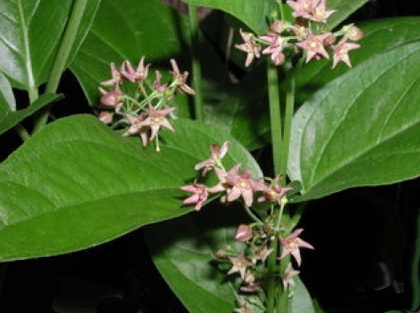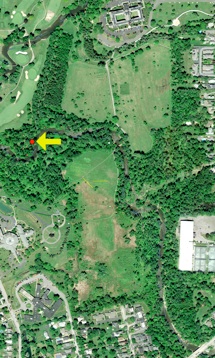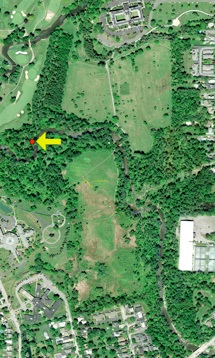favicongohere


Invasive Species in Amherst State Park
Iris pseudacorus - Yellow Flag Iris, Yellow Iris, Water Flag, Yellow Flag
Infestation Photo
photo by WNY PRISM
June 5, 2015
Cynanchum rossicum - Pale Swallow-wort, Dog-strangling Vine, European Swallow-wort
Close up Photo
photo by WNY PRISM
June 5, 2015
Infestation Photo
photo by WNY PRISM
June 5, 2015
Close up Photo
photo by WNY PRISM
June 5, 2015
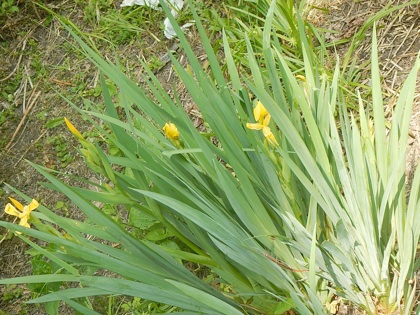
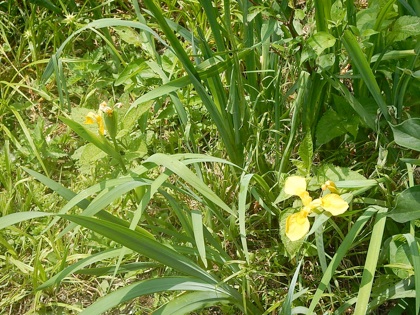
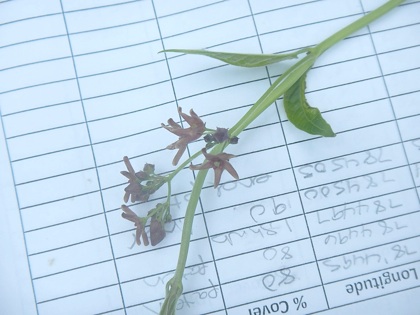
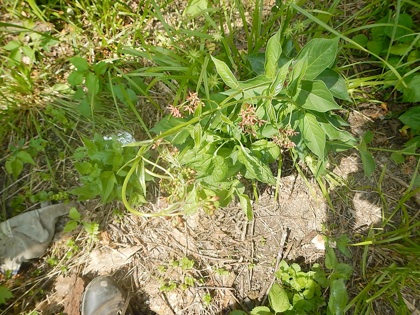
Pale swallow-wort (Cynanchum rossicum) is perennial, herbaceous vine in the Milkweed family, native to Eastern Europe that has established invasive population in the United States. It can form monocultures that outcompete native vegetation in meadows and alter habitats, and reduce biodiversity. It can also invade forests where sun reaches through the canopy. Similar enough to milkweeds, monarch butterflies will lay their eggs on this plant. However the caterpillars laid on pale swallow-wort will not survive. It has 5 to 20 small star shaped pink to maroon flowers which are produced in the axis of the leaves in small clusters.
Small infestations of pale swallow-wort can be pulled by hand. It is important to dispose of any pale swallow-wort that is pulled in landfill-bound garbage bags, because seeds and root fragments can produce new plants. Cutting or mowing can be used to prevent the plants from producing seeds, although this will not eradicate an infestation and may encourage the plant to spread. Pale swallow-wort can be treated with herbicides in the late summer or fall, but continued management is necessary.
Our Crew found pale swallow-wort at a single location and removed the plant by hand-pulling. With early detection, the complete site eradication of pale swallow-wort may be possible. Continued monitoring will be necessary.
Yellow Flag Iris (Iris pseudacorus) is a perennial native to Europe, eastern Asia, and northern Africa with bright yellow flowers on a robust stalk, often over-topped by long, stiff, sword-like leaves in clumps. It is in the family Iris and flowers in the months June through August.. Yellow Flag Iris invades wetlands, riparian habitats by producing dense monocultures that outcompete native vegetation. This plant is found growing in several spots along Ellicott Creek.
Smaller patches of yellow flag iris can be dug out of the soil using shovels, but care must be taken to remove the entire root mass and to properly dispose of material, similar to Japanese knotweed. Repeated mowing for several years may suppress patches of yellow flag iris and deplete the plant’s energy. However, mowing may be difficult due to the fact that yellow flag iris prefers wet habitats. Take caution when removing yellow flag iris, by wearing gloves, long sleeves and pants, as the resins from the plant may be a skin irritant.
It would be valuable to educate the public about yellow iris. Yellow flag iris is a prohibited species in New York State, though it is a popular plant in water gardens and many members of the public do not understand that it is an invasive species.


